No no, it's not a witty take on some designer or other, I am literally gonna give you some free edumacation (so best not to read this when you're half asleep, or anything.)
So, Arabelle off of fashion pirates twittered this the other day:
Question of the day: what is the difference between avant garde, modernism, and postmodernism? What and who is what and who? I am confused.
And I thought, yknow, I'd answer her, given that I know all that malark from off of uni lectures and whatnot.
So this is a reviewed and revised version of the email I sent her...
Disclaimer: this is my grasp of it from wor lectures; if you're using this as research I'd probably check up on facts and get other views on it cos err, I'm not an expert by any stretch.
-------------
Avant garde is the easy one - it gets slapped on anything (a bit like the term 'couture' too, i guess) but it is actually specific and a lot of things that get called avant garde aren't. It's just a french term for "new" (obvs not the actual translation, but i don't know french, at all), so avant garde in fashion is simply a new idea. There's a lot less avant garde in the world now than there used to be, cos, like, lots of things have been done...
I'd wager the best example of a current avant garde designer would be Chaalyan (♥♥♥), but Yohji/Comme, etc, and Margiela are/were pretty good examples too, because they go against the normal; produce new ideas/silhouettes, etc. Chanel would've been avant in her heyday, too...
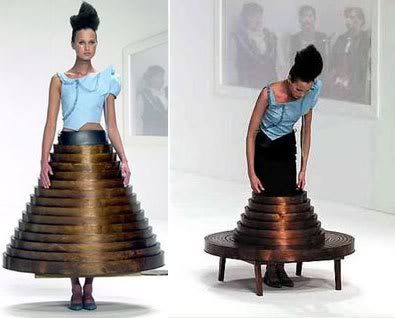
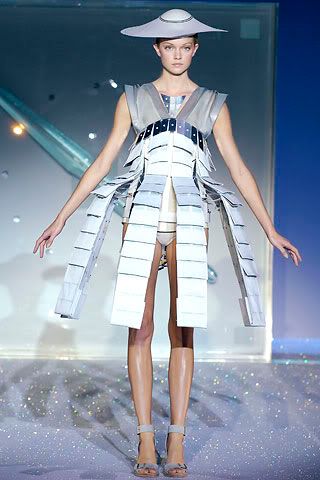
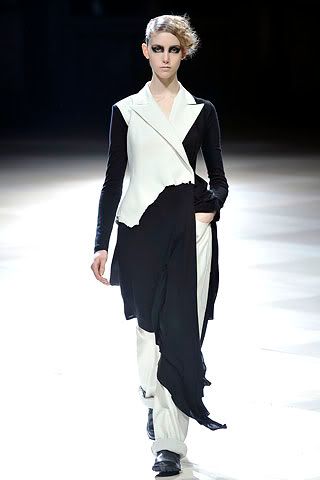
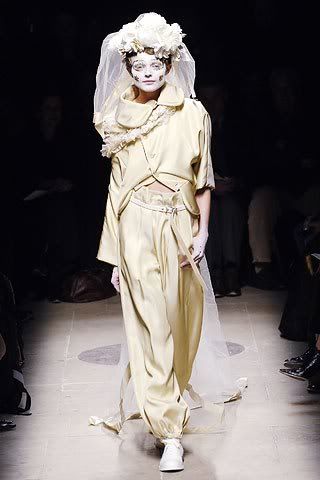

Chalayan AW00//Chalayan SS07 (my tutor worked on this collection; truefact.)//Yohji AW08//
Comme AW05//Margiela AW08 (hey, that looks suspiciously like a shoulder cape!)
Modernism and post-modernism aren't so much 'things', but periods of time (in art, etc) and philosophies - we are now in the post-modern period, and post-modernism is really just a way of thinking about things. We didn't really talk about the significance of 'Modernism' at uni, but the changeover period is around the end of WWII, mebs the 50s, so anything before that is 'modernist', I guess (fashion, art, etc.). I'm gonna take that to mean, in terms of fashion, p'raps Dior's "New Look" was the turning point?
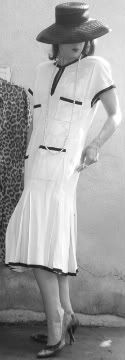
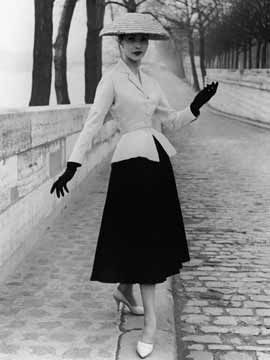
20s Chanel//Dior's New Look
There are a few theories by different philosophers on postmodernism, so I'm trying to pick out some points and attribute them to the people who wrote them, and then try to put them in fashion terms...
Jean Francois Lyotard: Lyotard's views mainly deal with the nature of the post-modern period. So if we say that to talk about post modernism is to talk about our present day society, Lyotard says that today we tend to question everything, we don't trust what we see before us, and we look for hidden meanings in things.
Baudrillard: He's all about 'simulation', which is, according to my notes "a constructed reality through progress of representation", whatever the eff that means.
Actually, I guess, something we've been going over in the last couple of weeks applies here - with a piece of clothing or a collection, we put our own meaning to it.
A designer will design a collection from certain inspirations/to target a certain customer, but the customer (/buyer/editor/blogger) will view it in their own way, and interpret it in their own way. If they then wear it (/buy it into their shop)/write about it), someone seeing that piece of clothing will interpret it in yet another way, based on how they wear it (/what the put it next to in store/what they write about it); what they wear it with. It's taken out of context; and the meaning changes.
The collection being shown is the 1st order, the viewer viewing/wearing it is the 2nd order and the viewer of the wearer is the 3rd order.
My example here (in my notes) is the Mona Lisa. The orig painting is the 1st order (it means what it means to the creator), then a print of the original is the 2nd order (it's still the same, but it's not the original, or in fashion terms, it's now not part of the original collection and the 'message' is lost), and then suddenly you can buy prints for cheap in any random store (a viewer sees a piece, out of context, on someone like you or I, and likes it. This is kinda where street style blogs sit in PM theory, cos then high street retailers will see these blogs, or indeed the original shows, and ask for a copy of the pieces, which takes away all their meaning - and this is the biggg difference between designer and mass production. Designers DO create art, and that's why, because every collection has a meaning and a context. The high street strips all that away, because the only reason they create things is for profit.)
And I guess, the 3rd order of the Mona Lisa is probably Duchamp's version, 'tache and all.
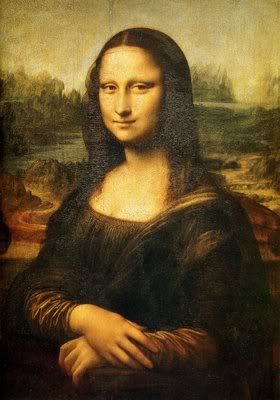

Mona Lisa, Leonardo Da Vinci//Mona Lisa, Marcel Duchamp
Pretty sure I'm rambling now, hope you're keeping up with my brain wanderings, cos I don't think I am...
Frederick Jameson: This is the one I grasped first time around, cos he talks about are 'parody' and 'pastiche' and they're pretty easy to grasp, non? The difference between them is that parody is "when whole elements of one work are lifted out of their context and reused, not necessarily to be ridiculed" (I may of wiki'd that, cos I didn't know how to explain it...) - the example of that that came to my mind is of 10 Things I Hate About You being a parody of Shakespeare's The Taming of the Shrew... - where as pastiche is taking elements of something and re-arrange them to make something new.
Parody would be, maybe, costumes for a period drama (or for Mad Men, or something, which is kinda a parody of the 60s ad world, I guess? Espesh considering the detail they go to...). We know it's not actually that period, because it's being filmed today, but the look is authentic; it's been lifted from it's original place/meaning. Pastiche is more like your typical Galliano collection - it might reference a few things, usually historical - for example, he might reference pirates and horse riding aristocrats - but he will mash them together to create something in which we can see both influences but they are neither one or the other. They have no authenticity.
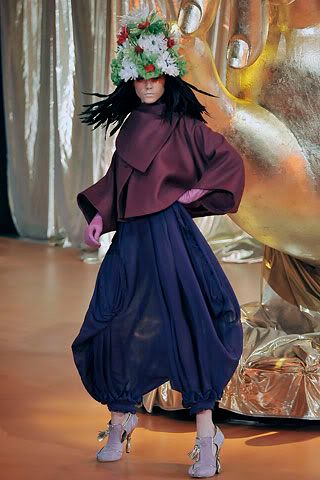

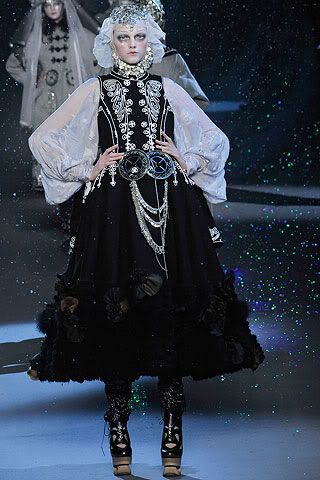
Some Galliano magique/craziness - AW08//SS09//AW09
Errr, so yes, essentially, all of that is postmodern theory. And it's ridiculously indepth and confusing, but now you can go around going "OO THAT'S VERY POSTMODERN" like I did for approx 4 months after these lectures. Lots of fun.

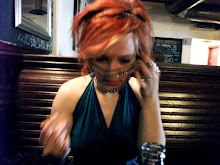







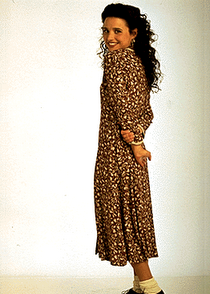








No comments:
Post a Comment